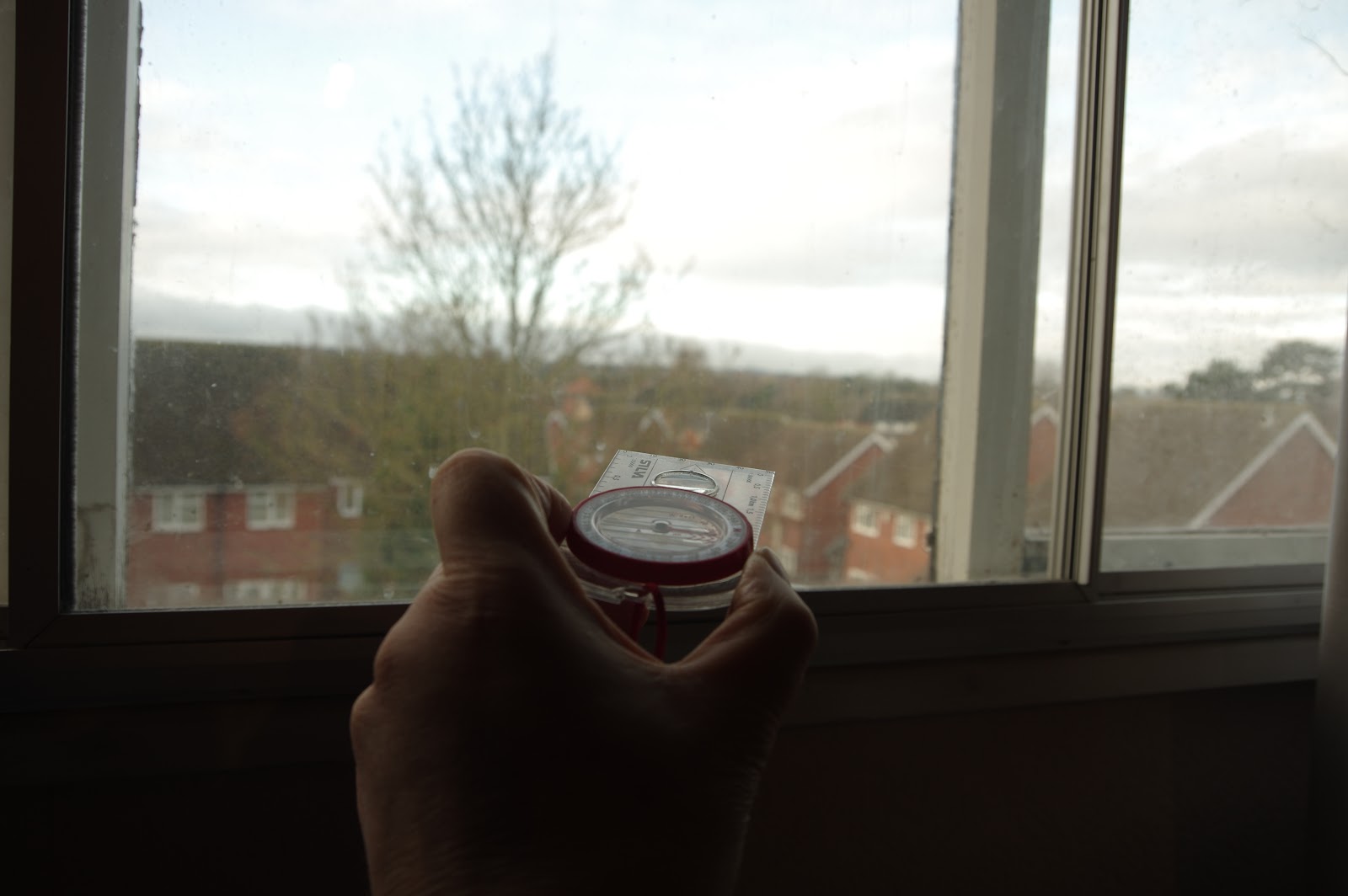Is this the remnant of a sacred grove? A couple of weeks ago I wrote about Tatmore Hills Lane, an ancient track near Preston, Hertfordshire. [see entry 16th. December]
Once called Wayley Green Lane it is believed that a community known as Weilei lived hereabouts a thousand years ago. Local historians have noted references to the manor of Weilei where around 60-100 people lived on 240 acres of pasture and woodland with 300 pigs. The earliest is the Domesday Book of 1086 but there are none after 1342. The Black Death arrived in England in 1348 which may be significant.
Phillip Wray speculates that Welei derives from the Old English "weoh" meaning sacred place and Gilbert Burleigh suggests "sacred grove" with the inference that it was a place of heathen worship. Such things are lost in the mists of time, I doubt the etymology can be established with any certainty.
Nonetheless I walked this way today and I want to make a case for it being sacred. For one thing there is still a grove of sorts though none of the trees are a thousand years old. But this small pocket of woodland has survived for no obvious practical purpose eg coppicing or shooting which are factors in some of the larger woods nearby.
Perhaps some archaic folk memory lingered that it was a place that should not be cleared? Then again perhaps it was just too saturated a hollow to be ploughed? A winterbourne i.e. winter steam flows through it and there is a permanent pond/sump on the other side of the lane which is probably a spring,
The presence of water is significent though. There are no other streams I can think of in the immediate vicinity. A community needs water and it is often at the centre of a community's location. Indeed, the life giving power of water is a facet of religious belief the world over.
One thing above all else convinces me that this locale was sacred though it is pure supposition. Intuitively I feel there is something primitive/primal in the spirit of the place. In spring Ramsons aka Wild Garlic carpet this section of the lane and a damp dell adjacent to the trees.
They grow in their millions in the wet woods of the West Country and Wales but are found hardly at all on the dry chalky terrain of the Chilterns. Certainly not in the ploughed fields nor even in the ancient Bluebell woods nearby. The nearest colony I am aware of is several miles away and not extensive. The Tatmore Hills population of Allium ursinum has probably persisted in this secluded spot since the Ice Age ended about 9500 years ago.
So a sacred grove? A place for nature worship? I like to think so but I am a bit of a heathen.






















